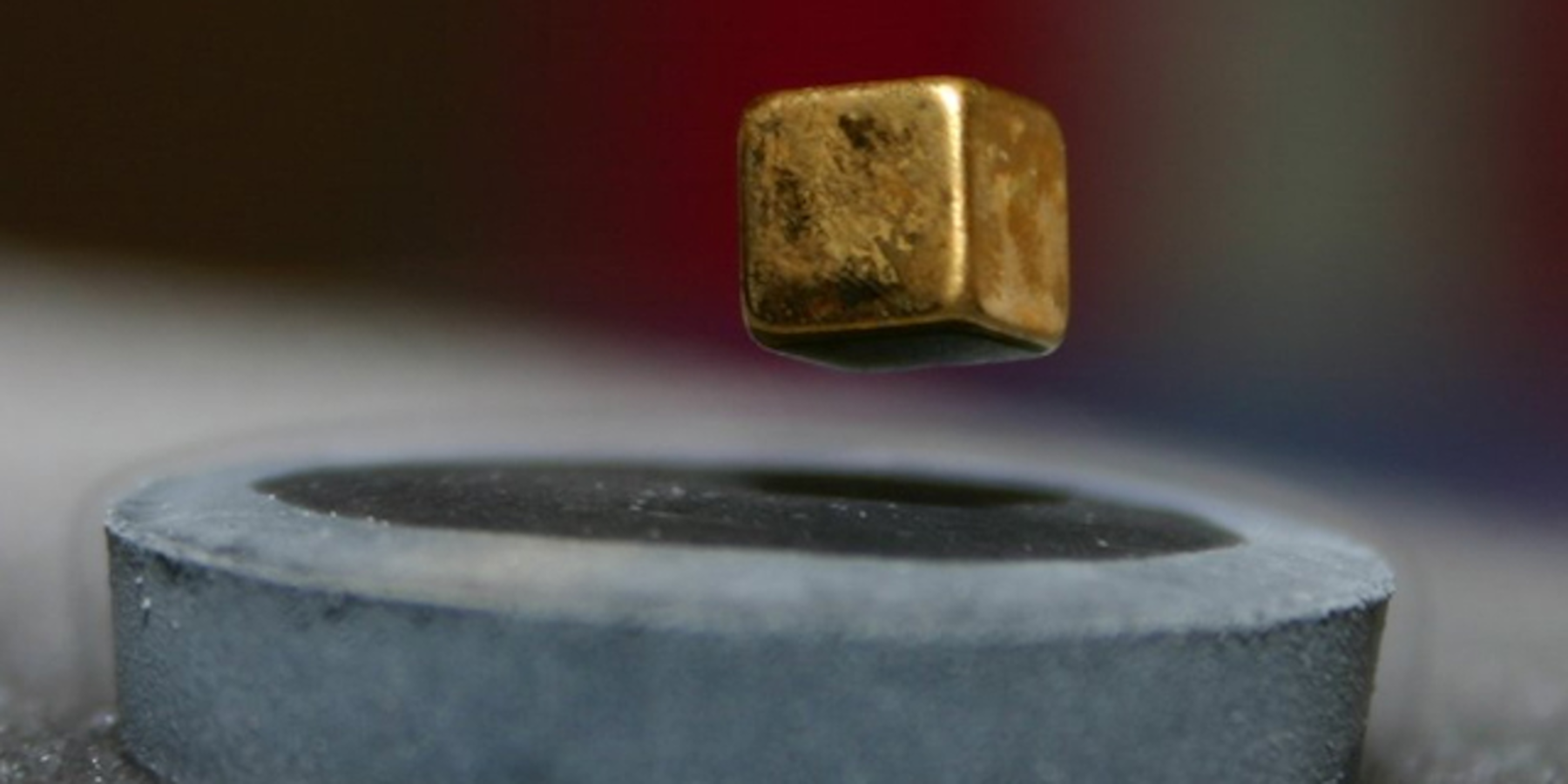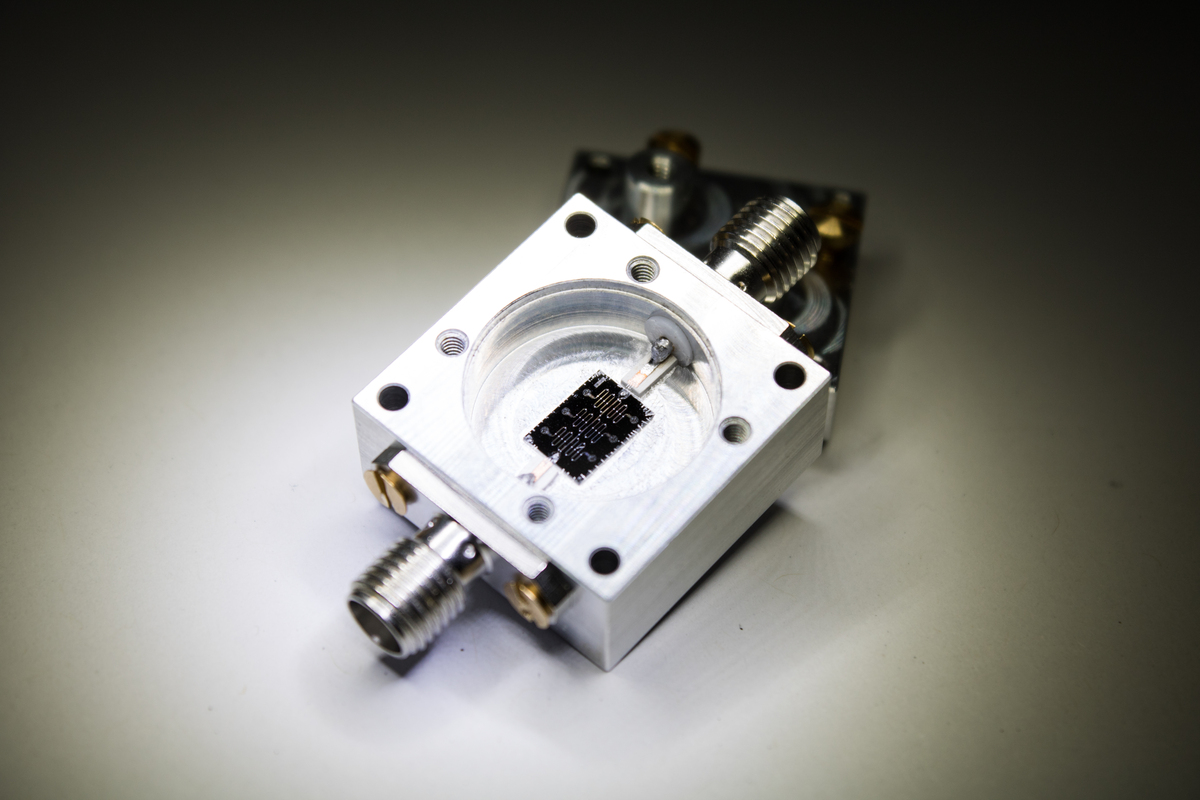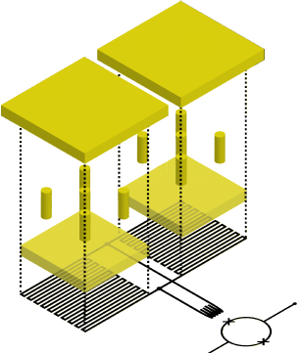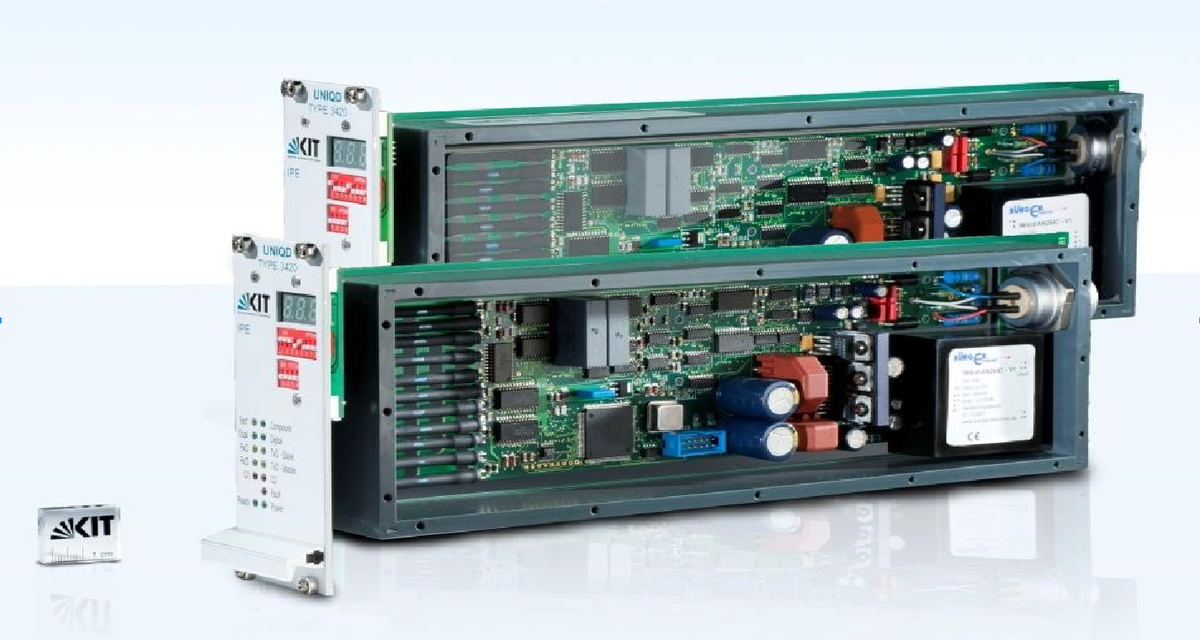At low temperatures close to absolute zero (approx. -273 °C, 0°K) the thermal noise of the environment fades into the background and quantum effects become measurable. One of the best known effects is superconductivity - a state in which materials can completely lose their electrical resistance and conduct electricity without losses. This property is already being used today for energy networks or in strong electromagnets. While in high-current applications temperatures of a few tens of degrees Kelvin usually have to be reached, temperatures below 100 millikelvin open up further possibilities. The emerging quantum mechanics can be used, for example, to realize extremely sensitive sensors, low-noise amplifiers and two-state systems for quantum computers.
Quantum computing with superconducting quantum bits
Quantum computers promise to solve complex problems exponentially faster than their classical relatives, and qubits, the elementary building blocks of a quantum computer, can be produced in many different ways. One promising approach is the use of superconducting circuits. Here, the occurring quantum effects are used to enable calculations. At IPE we are investigating hardware and software that enables users to interact with these qubits.
About the technology: Controller for quantum computing
Metallic magnetic calorimeter
At temperatures close to absolute zero, at a few tens of millikelvin, even the smallest energy input of photons, for example, leads to significant heating. Metallic magnetic calorimeters use a magnetized material, which changes its magnetization when heated. With the help of superconducting interference magnetometers (SQUIDs), changes in the magnetic flux and thus energy can be measured with high precision. A strategic goal of the IPE is to make these high-precision sensors available for future experiments and industrial applications. For this purpose, a clean room for production is currently being built. For sensors that are already available in small series today, we are developing readout electronics for these detectors at IPE.
About the technology: DAQ for superconducting sensors
Quench in superconductors
Superconductors can conduct large currents without loss. When a critical limit current is exceeded or the material is heated, however, this effect is abruptly lost - this is known as quenching. The sudden resistance of the material, which increases sharply, then quickly leads to the destruction of the conductor due to the high current intensity. This irreversible damage can only be prevented by quickly switching off the current flow. The IPE manufactures electronics that detect the smallest changes in resistance and enable a reaction to the quench of the conductor.
About the technology: Quench detection system





